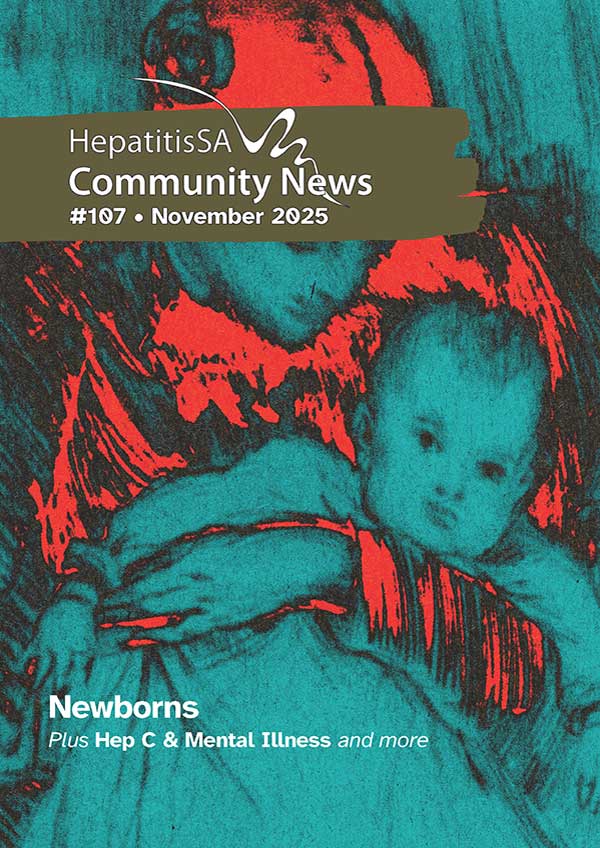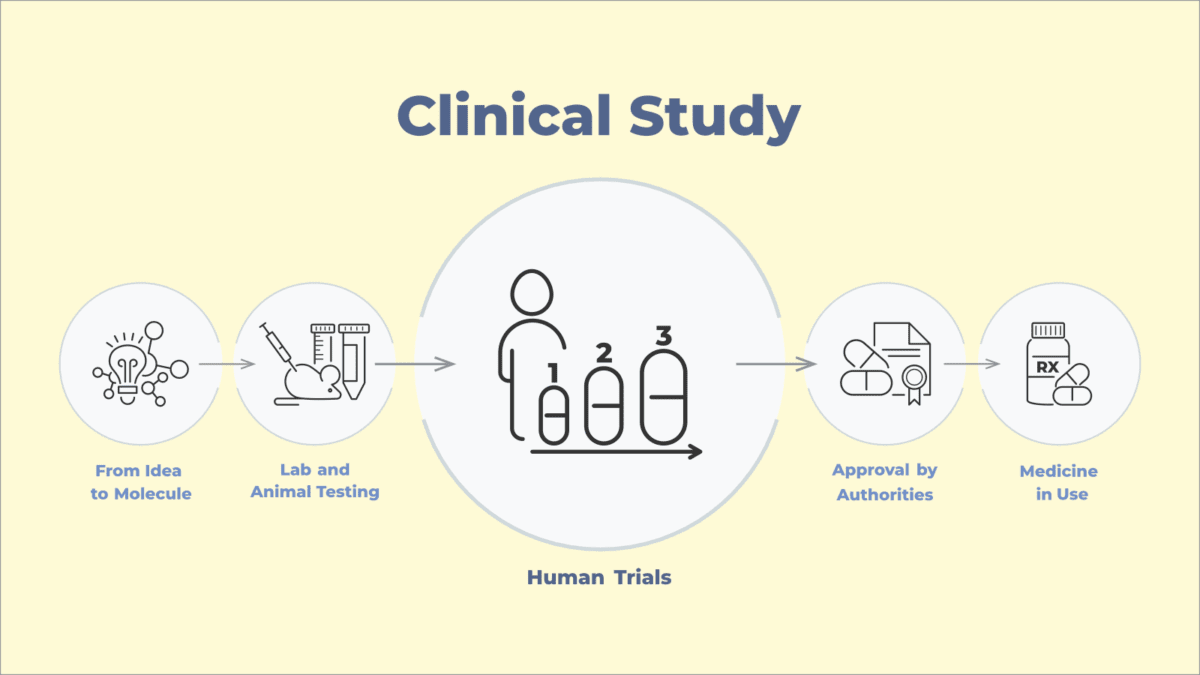HepSA Library July acquisition highlights: HCV treatment uptake, HCV elimination, POC testing and more…
Click on the images to access, or view all resources added in the last month.
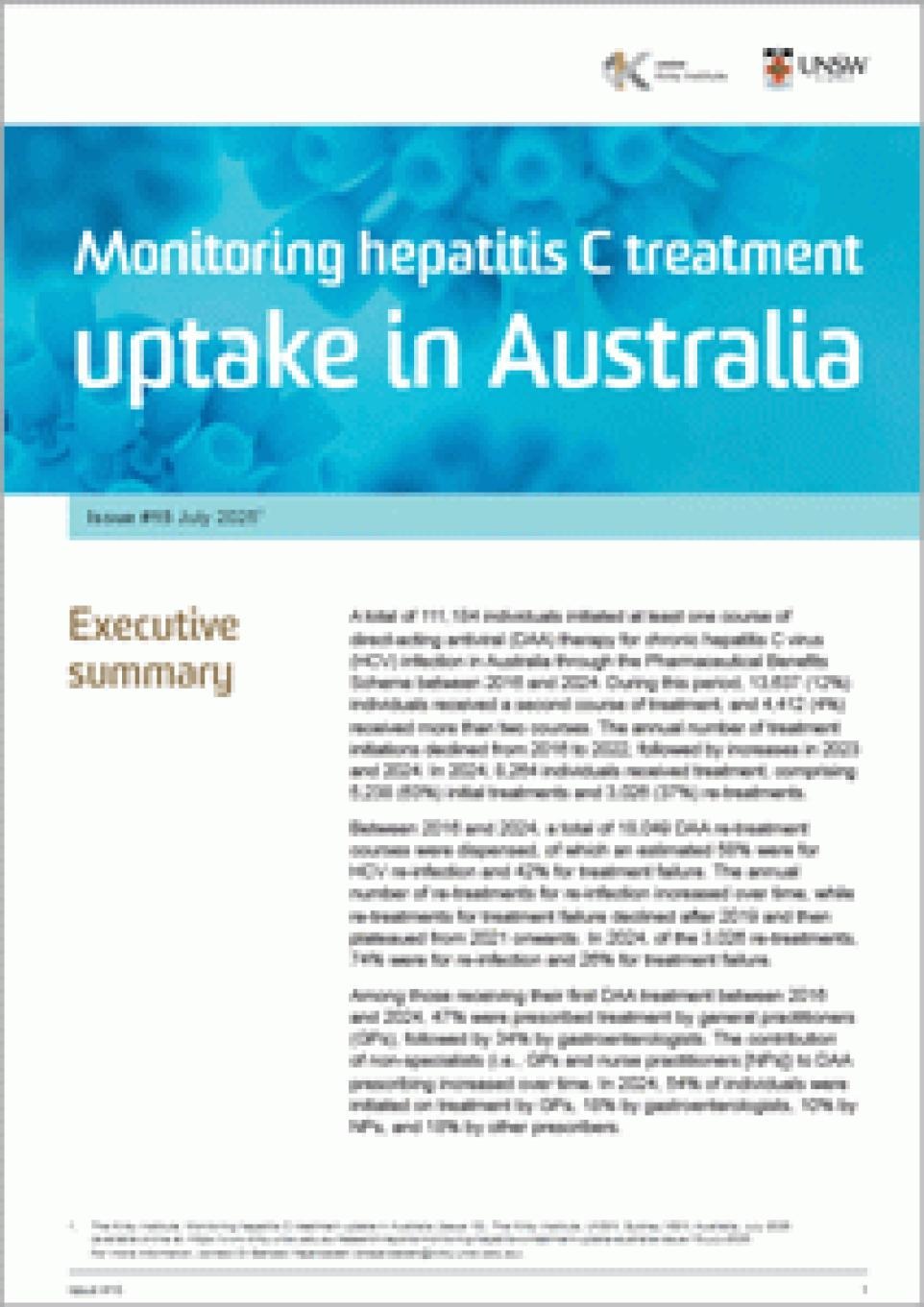
Monitoring hepatitis C treatment uptake in Australia
Sydney, Kirby Institute, 2025. 7p.
Summarises trends in HCV treatment, providing key insights into Australia’s progress towards hepatitis C elimination.
Monitoring hepatitis C elimination among people who inject drugs: a broader approach is required
London, Elsevier, 2025.
Argues that the overall goal of hepatitis C elimination for people who inject drugs should be improved quality of life and enhanced access to high-quality, non-judgmental healthcare and prevention services, resulting in reductions in morbidity and mortality broadly rather than just HCV cure alone.
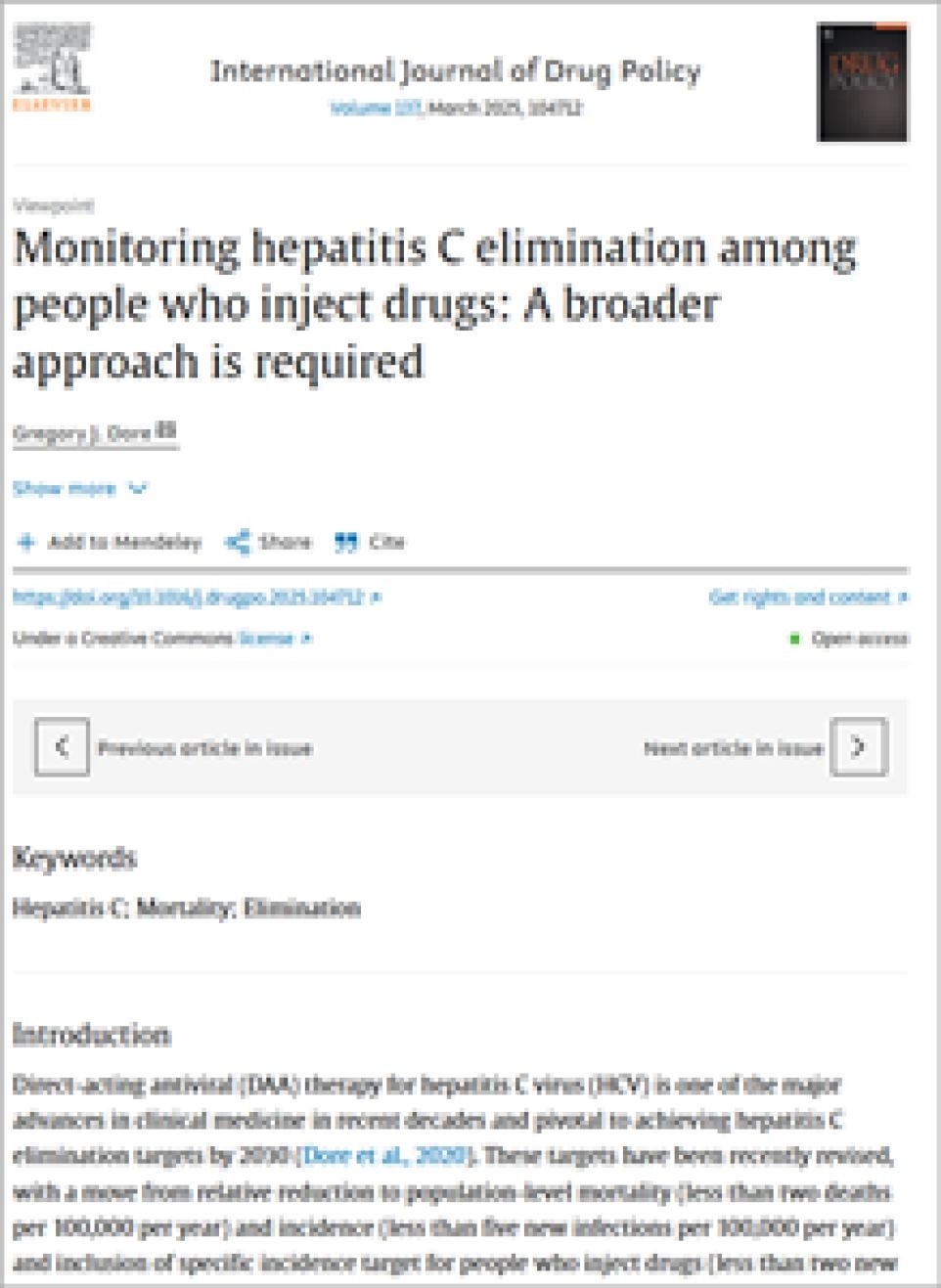
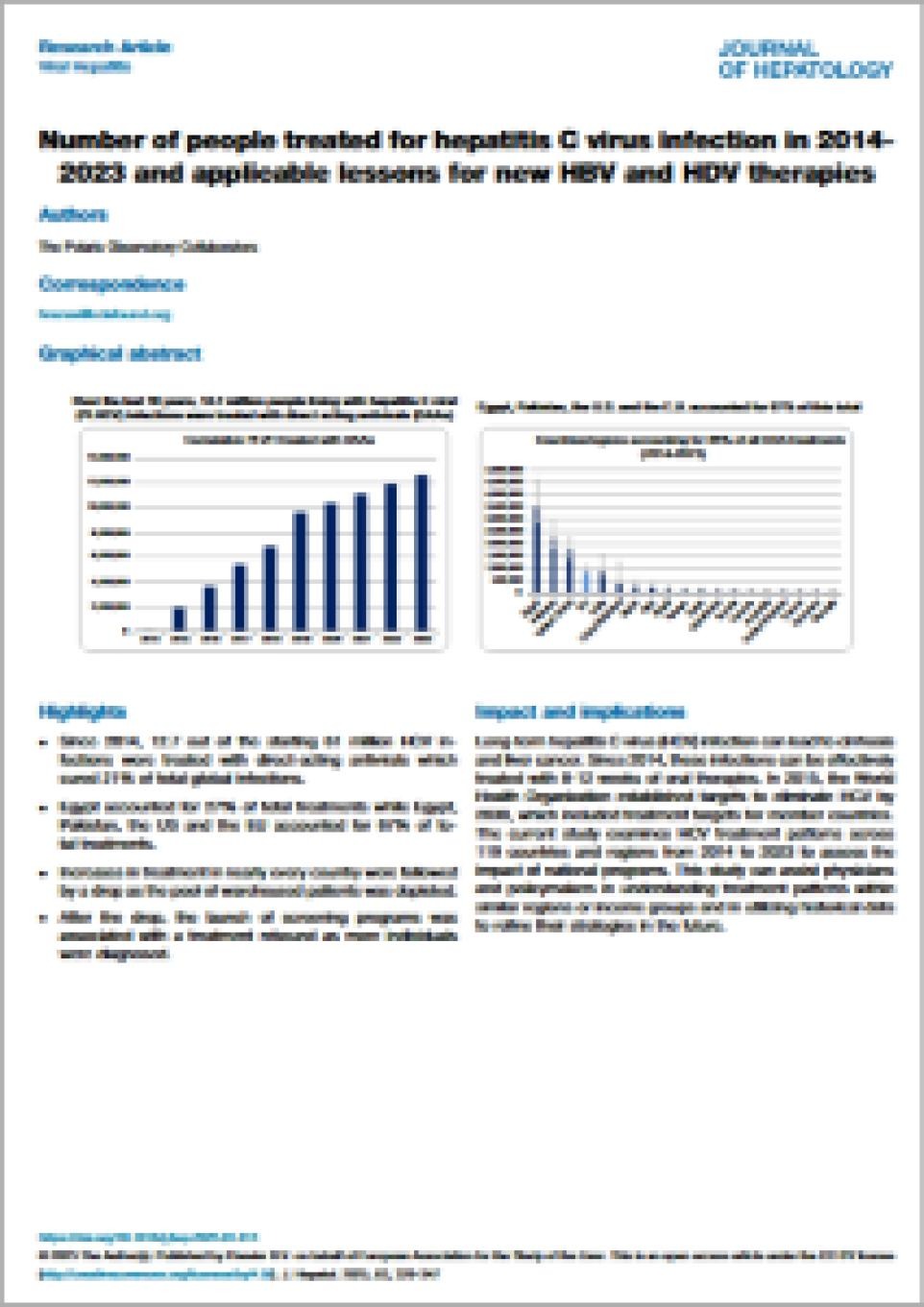
Number of people treated for hepatitis C virus infection in 2014-2023 and applicable lessons for new HBV and HDV therapies
Geneva, EASL, 2025. 20p.
Examines HCV treatment patterns across 119 countries and regions from 2014 to 2023 to assess the impact of national programs. Can assist physicians and policymakers in understanding treatment patterns within similar regions or income groups and in utilizing historical data to refine their strategies in the future.
It’s not just running the test: operator experiences of implementing a decentralised hepatitis C point-of-care testing program in Australia
London, Elsevier, 2025. 9p.
This study illustrates several challenges to and enablers of adopting a decentralised HCV point-of-care testing program, highlighting the need to further explore what providers require to effectively implement these interventions.
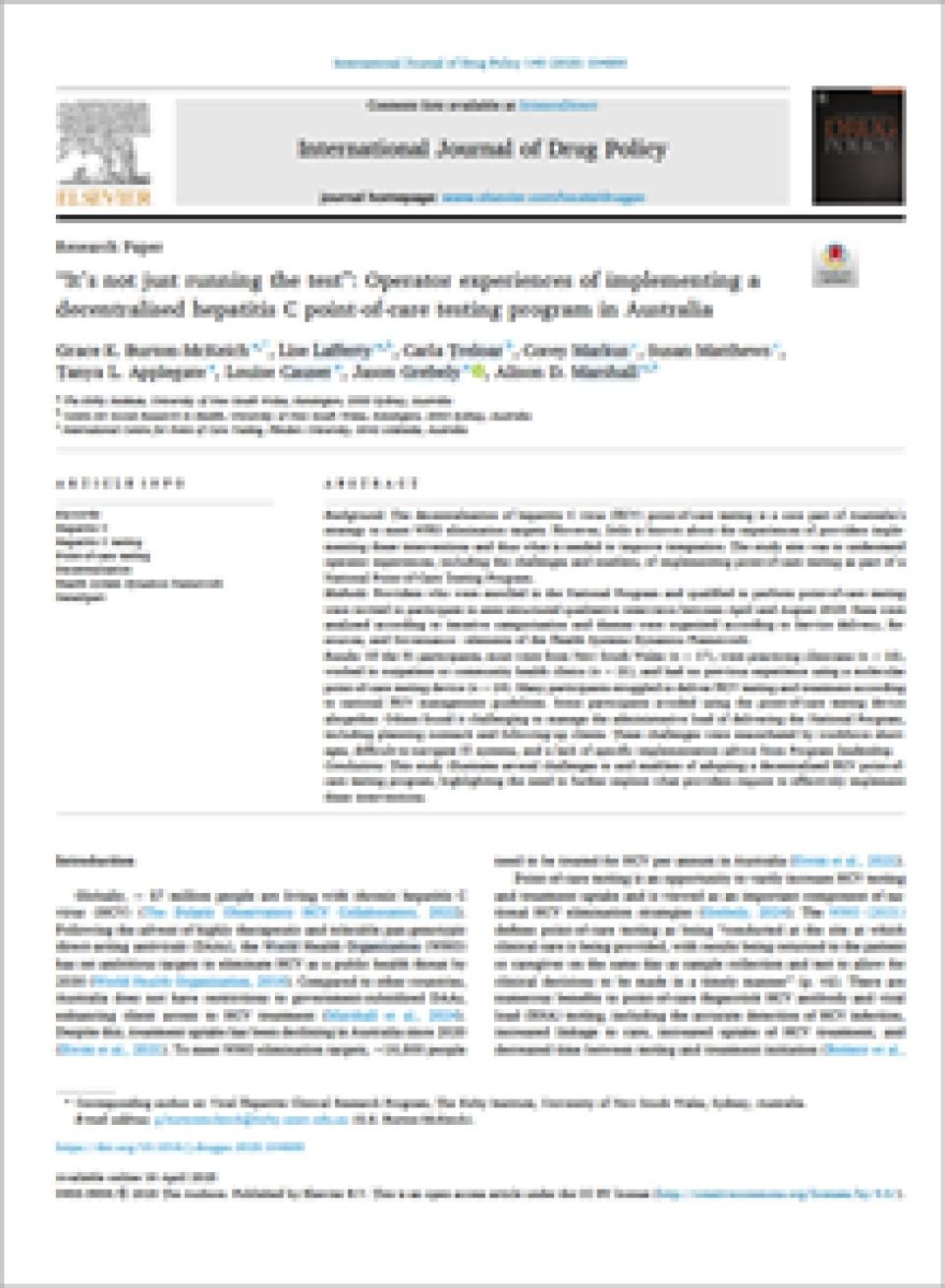
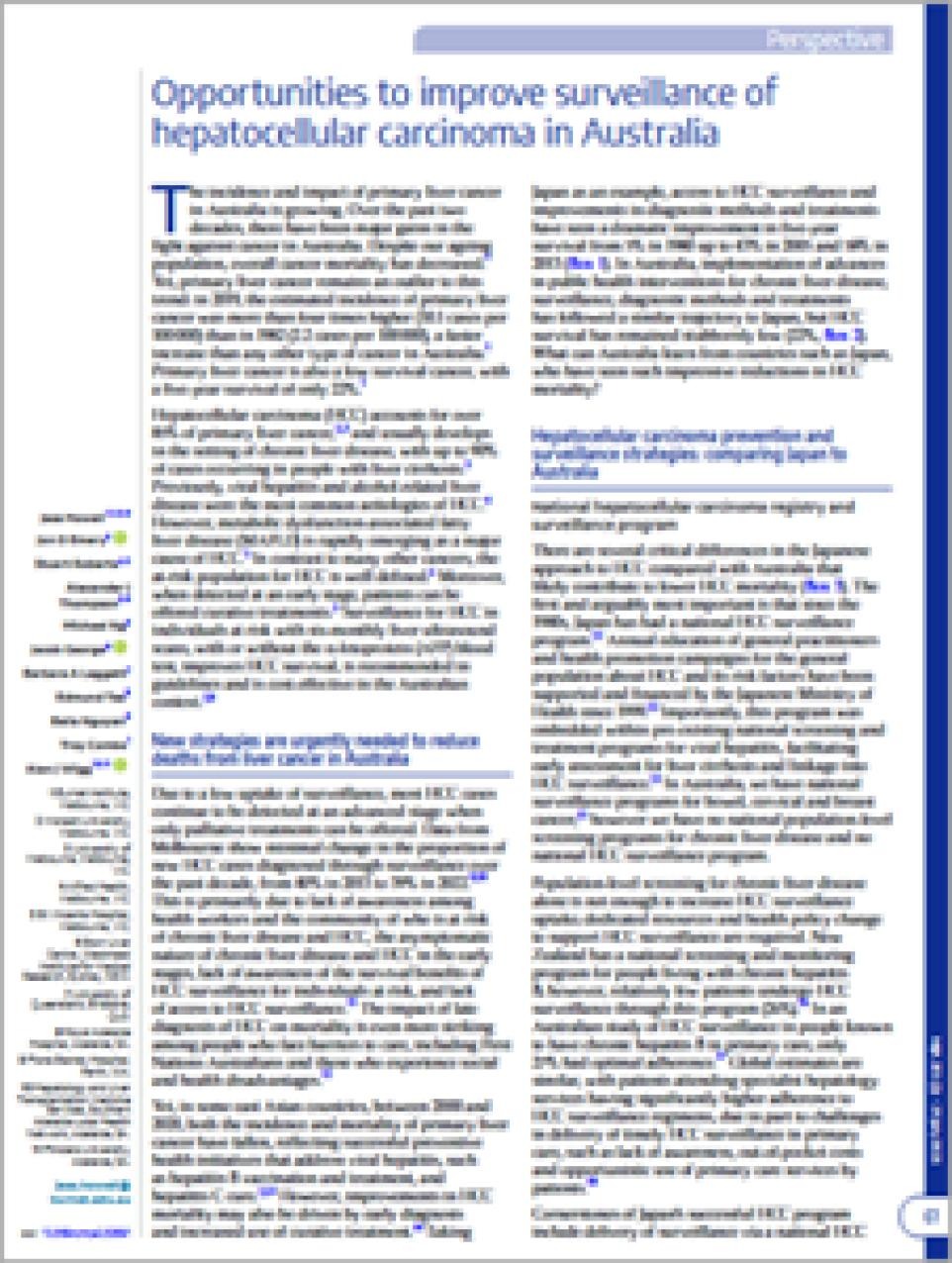
Opportunities to improve surveillance of hepatocellular carcinoma in Australia
Sydney, AMPCo, 2025. 7p.
Despite access to advanced treatments for HCC in Australia, the potential for curative outcomes is limited by how early cancer is detected. Adopting health policy change that increases assessment for liver disease and cirrhosis in primary care, coupled with a strong, funded national HCC surveillance program using ultrasound and blood biomarkers is vital to reduce deaths from HCC.
Chronic hepatitis B patients referred for liver transplantation after nucleos(t)ide analog cessation
Melbourne, John Wiley and Son, 2025. 9p.
This study shows that most patients experience decompensations soon after NA cessation and reinforces that patients should not discontinue treatment themselves. Physicians should very carefully select non-cirrhotic, adherent patients for NA withdrawal, after which close monitoring and timely retreatment are crucial.
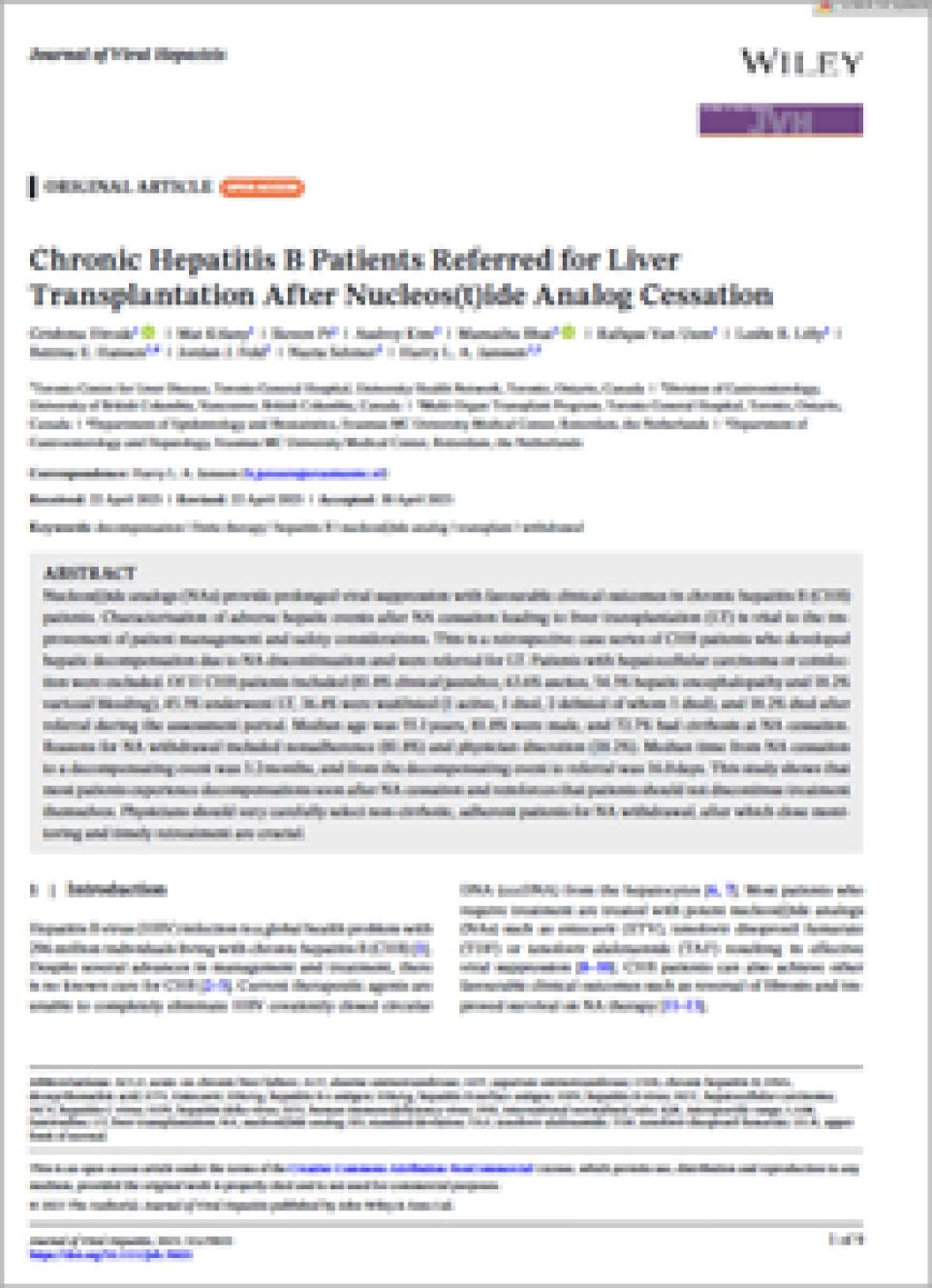
To view the full list of newly added titles with links, go to the library home page.
Last updated 10 December 2025
More from:
Enjoyed this article? Subscribe to be notified whenever we publish new stories.
Subscribe for Updates

